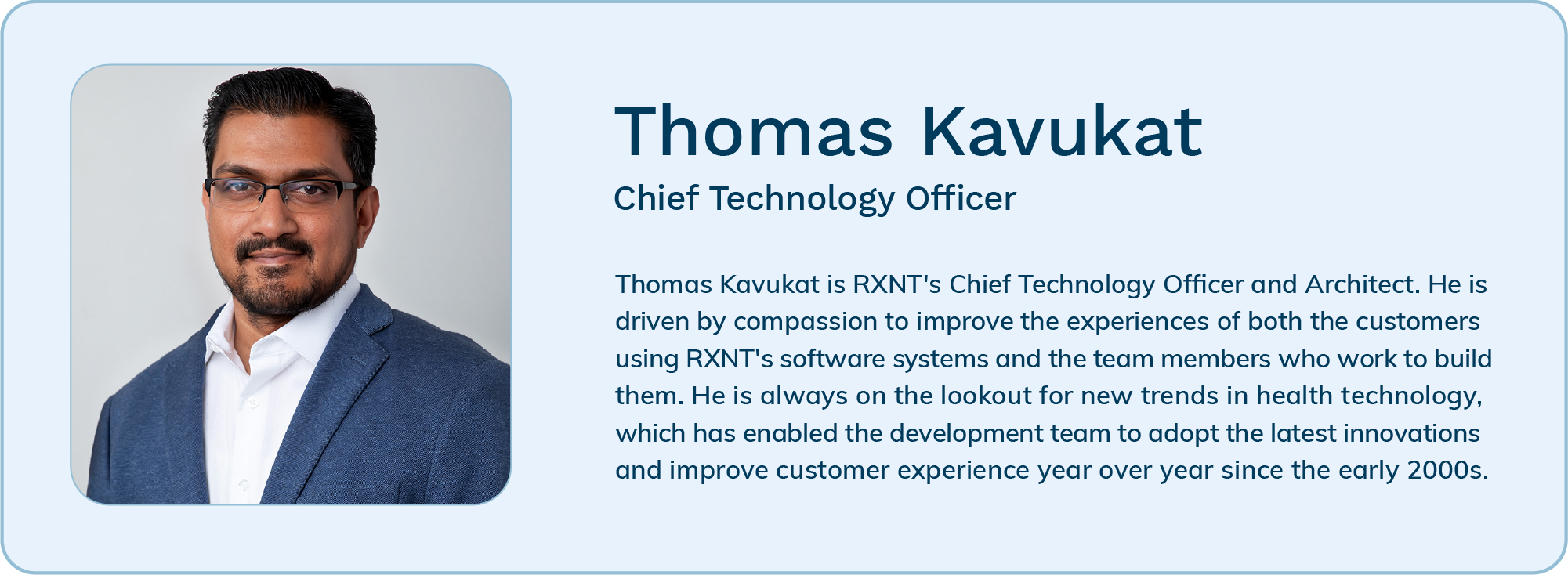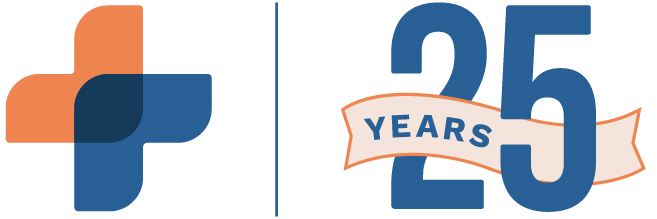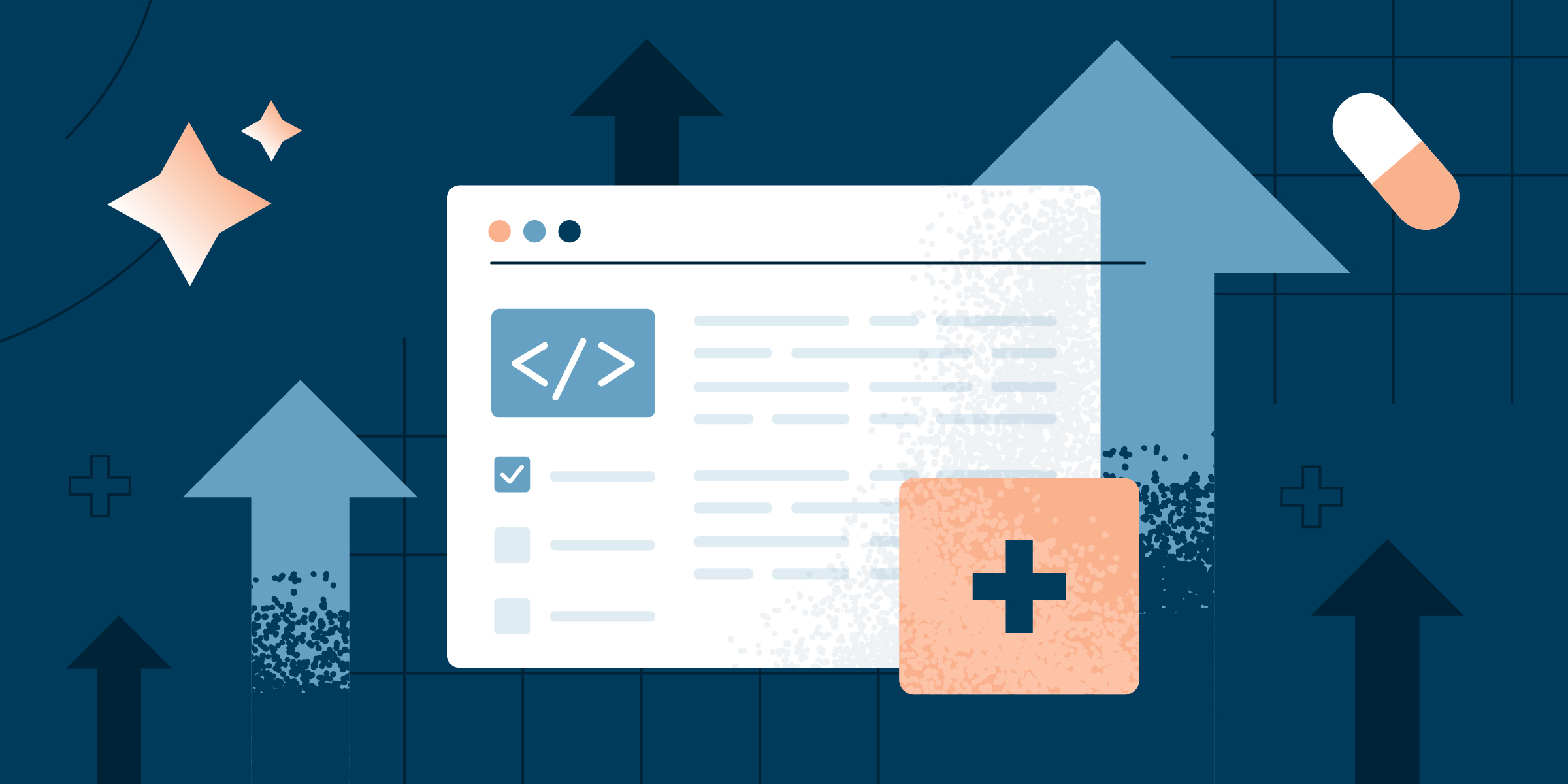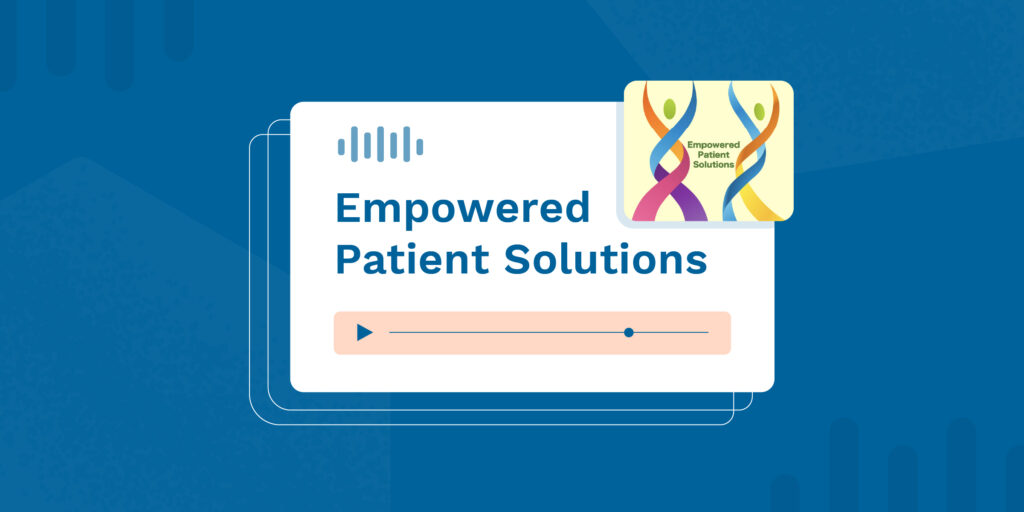Technology is a mainstay in the healthcare industry, with new developments emerging continuously and at a rapid pace. Understanding these emerging trends and determining which to implement is critical to advancing patient care forward.
Technology is a mainstay in the healthcare industry, with new developments emerging continuously and at a rapid pace. It’s no wonder that many providers find it challenging to keep up with advancements, especially as they focus the majority of their time on patient care. Still, understanding these emerging trends and determining which to implement is critical to advancing patient care forward. Additionally, many of these emerging innovations are useful for streamlining practice operations and improving the overall patient experience.
To save you time and ensure you’re staying up to date on the most beneficial technologies, we’ve compiled a list of the most relevant trends expected to shape the healthcare industry in 2025 and beyond.
1. The Continued Expansion of Telehealth
Due to the COVID-19 pandemic, telehealth usage increased from 15.4% to 86.5% between 2019 and 2021. As we move into 2025, the rate of telehealth adoption has leveled, but its role is solidified in healthcare. It’s no longer just for basic consultations; telehealth services include specialties like mental health, chronic disease management, and remote physical therapy.
In 2025 and beyond, we can expect telehealth to continue its expansion, with a focus on reducing healthcare barriers for rural and underserved communities. Expect to see innovations like AI come to the forefront and expand how telehealth can be leveraged. For example, high-definition video can be used to perform physical therapy and remote surgical consultations. These technologies will help to deliver personalized, real-time care across diverse patient populations.
2. Remote Patient Monitoring (RPM) for Patient-Centric Care
Continuing on the tech trend, remote patient monitoring (RPM) is poised for growth in the coming year. RPM allows providers to monitor their patients’ health in real-time through the use of wearable smart devices and Internet of Things (IoT) technology. It’s especially useful for managing chronic health conditions such as diabetes and hypertension. Providers can adjust health treatment plans and intervene quickly through the use of continuous data tracking.
Other key benefits include:
- Reduction in hospital readmissions and emergency room visits
- Allowing patients to take a more active role in their health
- Development of personalized care plans based on data
- Increased patient trust
- Greater patient loyalty
3. AI and Predictive Analytics are Here to Stay
AI continues to make inroads in healthcare, and that won’t slow down in 2025. In the near future, we’ll see AI make an even larger impact on diagnosis, treatment, and healthcare administration. The technology is invaluable for diagnostics because it can analyze massive, disparate amounts of data with precision and accuracy. One example of its prowess is in radiology. AI assists radiologists in identifying abnormalities or potential disease markers in medical imaging. This technology helps drive earlier, more accurate diagnoses for patients, potentially delivering better health outcomes.
On the administrative side, AI can be used to schedule appointments, perform billing processes, and automatically update patient records. These capabilities allow providers to spend more time on patient care. Predictive analytics, which combines AI with machine learning, helps providers proactively anticipate the needs of patients. The related algorithms can even pinpoint which patients are most likely to develop complications after an operation or experience the recurrence of a disease or condition.
Ultimately, AI will continue to break barriers of what is perceived as possible in patient care and help providers deliver a patient-centered, preventative approach across specialties.
(Looking for more insights into how AI is changing healthcare? Get the latest from RXNT’s CEO and Founder, Randy Boldyga.)
4. More Advancements in Personalized Medicine
Personalization is everywhere, and healthcare is no exception. Personalized medicine uses genetic information to build care plans around each patient’s unique profile. Genomics and biotechnology are used to factor in an individual’s genetic makeup, lifestyle, and environmental factors.
Personalization is everywhere, and healthcare is no exception. Personalized medicine uses genetic information to build care plans around each patient’s unique profile. Genomics and biotechnology are used to factor in an individual’s genetic makeup, lifestyle, and environmental factors.
The coming years will see a rise in personalized medicine. Some potential advancements include targeted therapies for diseases like cancer. For example, providers can customize treatment based on the tumor’s genetic profile. This type of precision medicine increases the likelihood of treatment success while minimizing side effects.
5. Enhanced Patient Engagement Tools
The patient experience is at the heart of healthcare. New tools are available to improve the experience and drive engagement. We can expect to see more patient engagement tools emerge in 2025, particularly AI-driven chatbots. These virtual assistants can answer questions from patients, provide information, and funnel patients to the appropriate resources or channels. The idea is to put patients in greater control of their healthcare by allowing for greater accessibility and responsiveness. These tools help patients feel more connected to their providers between visits.
6. Data Interoperability Moves Forward
Seamlessly exchanging data between healthcare providers remains a priority for ensuring coordinated care. Advances in health information exchange (HIE) platforms and the adoption of FHIR (Fast Healthcare Interoperability Resources) standards have improved data interoperability. In 2025, more healthcare organizations will be able to share and access patient records across providers and systems.
This improved interoperability will reduce the need for tedious, administrative work to manually request and exchange data. Providers will have a more comprehensive view of their patients’ histories and treatments. It all adds up to better quality of patient care.
7. Advanced Reporting Tools and Data Analytics
Data analytics is key for today’s healthcare management strategies. Providers lean on these performance metrics to make the most informed decisions about patient care and practice operations. It should come as no surprise that we’ll see advanced reporting tools becoming even more popular in the coming years. These tools provide insights into administrative operations, patient outcomes, and financial health. What makes data analytics so powerful is that they compile insights from multiple disparate sources. This capability gives providers a big-picture view to identify inefficiencies, optimize resources, and adjust patient treatment plans.
Say a practice wanted to reduce patient wait time. Advanced analytics could be used to:
- Identify bottlenecks in the scheduling process
- Track how much time each patient spends in each stage of their visit
- Pinpoint patterns in staff availability or resource allocation
This information would allow practices to make data-informed adjustments like reallocating staff during peak appointment times or streamlining check-in processes. The results add up to greater patient satisfaction and better financial results for practices.
8. The Internet of Medical Things (IoMT)
The concept of the Internet of Things (IoT) was coined in 1999. Now, decades later, we see growth in the Internet of Medical Things (IoMT), which connects medical devices and equipment to the internet. Examples include smart inhalers, wearable ECG monitors, and connected insulin pens. The projected compound annual growth rate of the IoMT market is expected to be 20.4% from 2023 to 2030.
This growth is largely driven by providers adopting IoMT to enhance remote monitoring and preventive care. IoMT allows for data collection and sharing with providers to help inform diagnosis and inform interventions. The benefits extend to patients, as well. IoMT allows for greater control over health outcomes, driving engagement and preventive health management.
As we move into 2025 and beyond, healthcare technology will continue to evolve. Ultimately, the goal is not to test-drive every emerging trend. Instead, practices and providers should work to understand and embrace the innovations that will best improve outcomes for your patients. At RXNT, we embed the most effective, cutting-edge innovations into our solutions. These solutions are designed specifically to meet the needs of independent practices and their patients. Reach out to our team today for a no-strings-attached demo about our medical practice software.






